Vineet John
Generating lyrics with variational autoencoder and multi-modal artist embeddings
Dec 20, 2018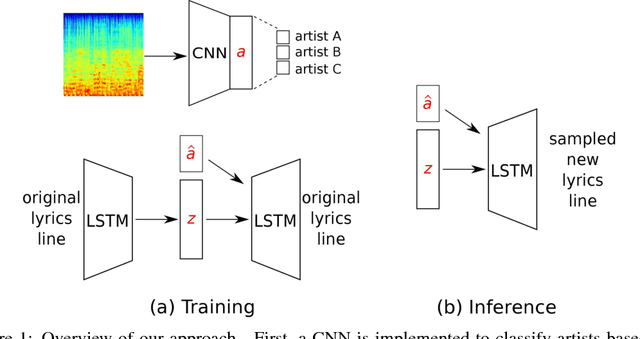

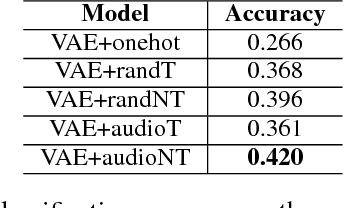

Abstract:We present a system for generating song lyrics lines conditioned on the style of a specified artist. The system uses a variational autoencoder with artist embeddings. We propose the pre-training of artist embeddings with the representations learned by a CNN classifier, which is trained to predict artists based on MEL spectrograms of their song clips. This work is the first step towards combining audio and text modalities of songs for generating lyrics conditioned on the artist's style. Our preliminary results suggest that there is a benefit in initializing artists' embeddings with the representations learned by a spectrogram classifier.
Disentangled Representation Learning for Non-Parallel Text Style Transfer
Sep 11, 2018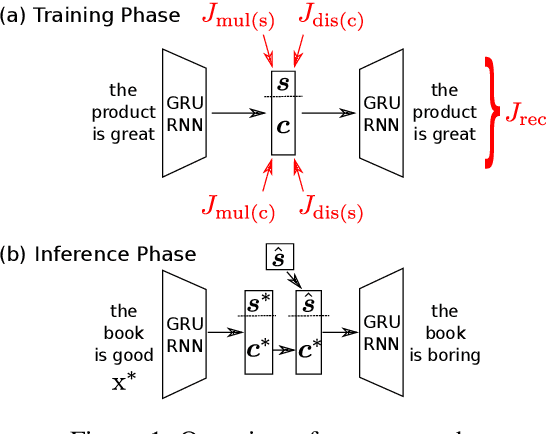
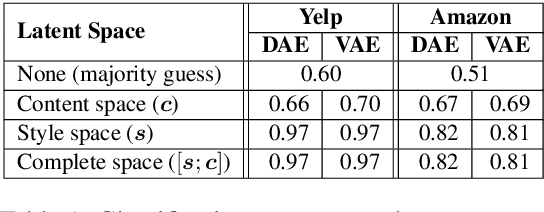
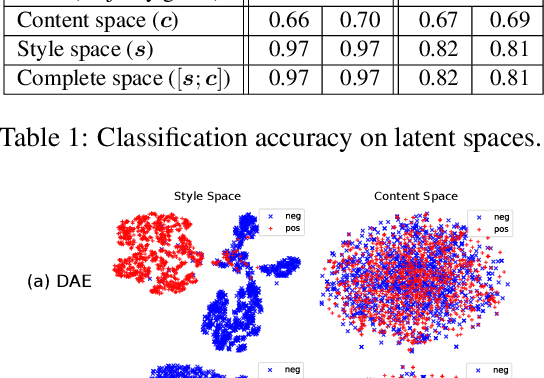

Abstract:This paper tackles the problem of disentangling the latent variables of style and content in language models. We propose a simple yet effective approach, which incorporates auxiliary multi-task and adversarial objectives, for label prediction and bag-of-words prediction, respectively. We show, both qualitatively and quantitatively, that the style and content are indeed disentangled in the latent space. This disentangled latent representation learning method is applied to style transfer on non-parallel corpora. We achieve substantially better results in terms of transfer accuracy, content preservation and language fluency, in comparison to previous state-of-the-art approaches.
Sentiment Analysis on Financial News Headlines using Training Dataset Augmentation
Jul 29, 2017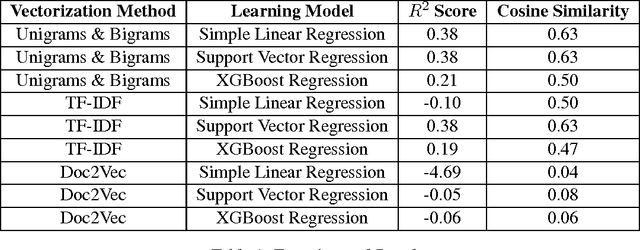

Abstract:This paper discusses the approach taken by the UWaterloo team to arrive at a solution for the Fine-Grained Sentiment Analysis problem posed by Task 5 of SemEval 2017. The paper describes the document vectorization and sentiment score prediction techniques used, as well as the design and implementation decisions taken while building the system for this task. The system uses text vectorization models, such as N-gram, TF-IDF and paragraph embeddings, coupled with regression model variants to predict the sentiment scores. Amongst the methods examined, unigrams and bigrams coupled with simple linear regression obtained the best baseline accuracy. The paper also explores data augmentation methods to supplement the training dataset. This system was designed for Subtask 2 (News Statements and Headlines).
* 5 pages
A Survey of Neural Network Techniques for Feature Extraction from Text
Apr 27, 2017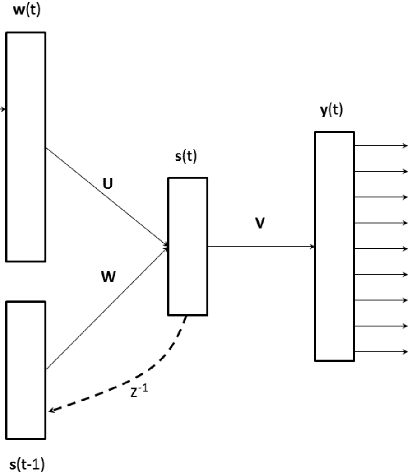
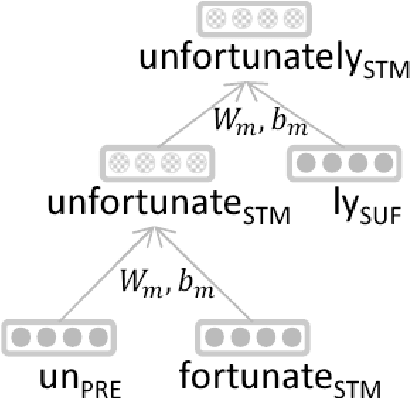
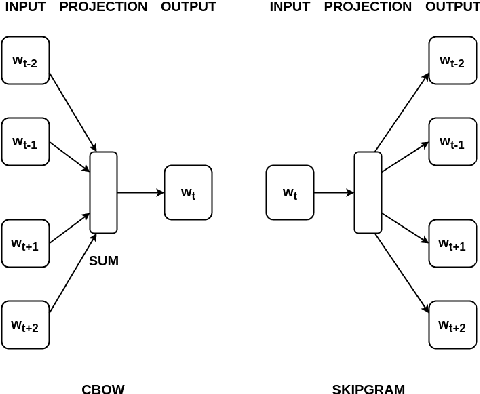
Abstract:This paper aims to catalyze the discussions about text feature extraction techniques using neural network architectures. The research questions discussed in the paper focus on the state-of-the-art neural network techniques that have proven to be useful tools for language processing, language generation, text classification and other computational linguistics tasks.
Rapid-Rate: A Framework for Semi-supervised Real-time Sentiment Trend Detection in Unstructured Big Data
Mar 25, 2017
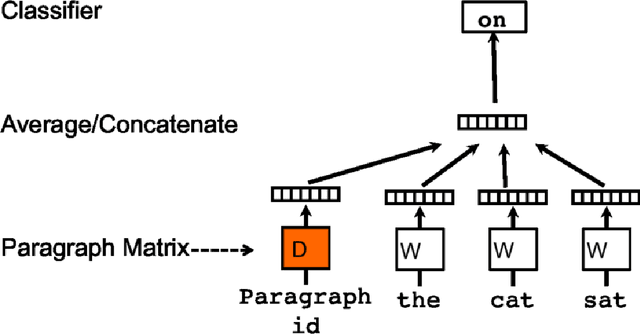
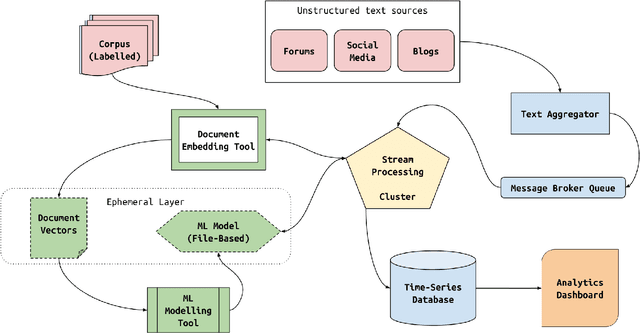
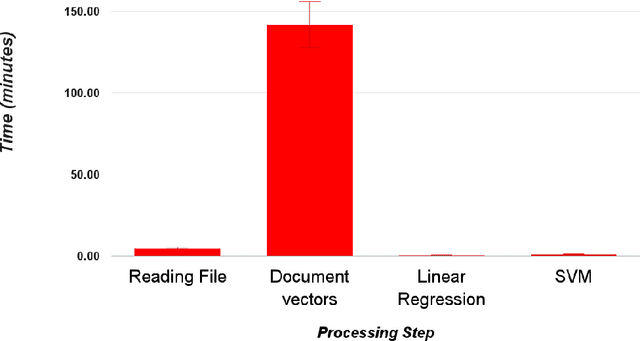
Abstract:Commercial establishments like restaurants, service centres and retailers have several sources of customer feedback about products and services, most of which need not be as structured as rated reviews provided by services like Yelp, or Amazon, in terms of sentiment conveyed. For instance, Amazon provides a fine-grained score on a numeric scale for product reviews. Some sources, however, like social media (Twitter, Facebook), mailing lists (Google Groups) and forums (Quora) contain text data that is much more voluminous, but unstructured and unlabelled. It might be in the best interests of a business establishment to assess the general sentiment towards their brand on these platforms as well. This text could be pipelined into a system with a built-in prediction model, with the objective of generating real-time graphs on opinion and sentiment trends. Although such tasks like the one described about have been explored with respect to document classification problems in the past, the implementation described in this paper, by virtue of learning a continuous function rather than a discrete one, offers a lot more depth of insight as compared to document classification approaches. This study aims to explore the validity of such a continuous function predicting model to quantify sentiment about an entity, without the additional overhead of manual labelling, and computational preprocessing & feature extraction. This research project also aims to design and implement a re-usable document regression pipeline as a framework, Rapid-Rate, that can be used to predict document scores in real-time.
 Add to Chrome
Add to Chrome Add to Firefox
Add to Firefox Add to Edge
Add to Edge